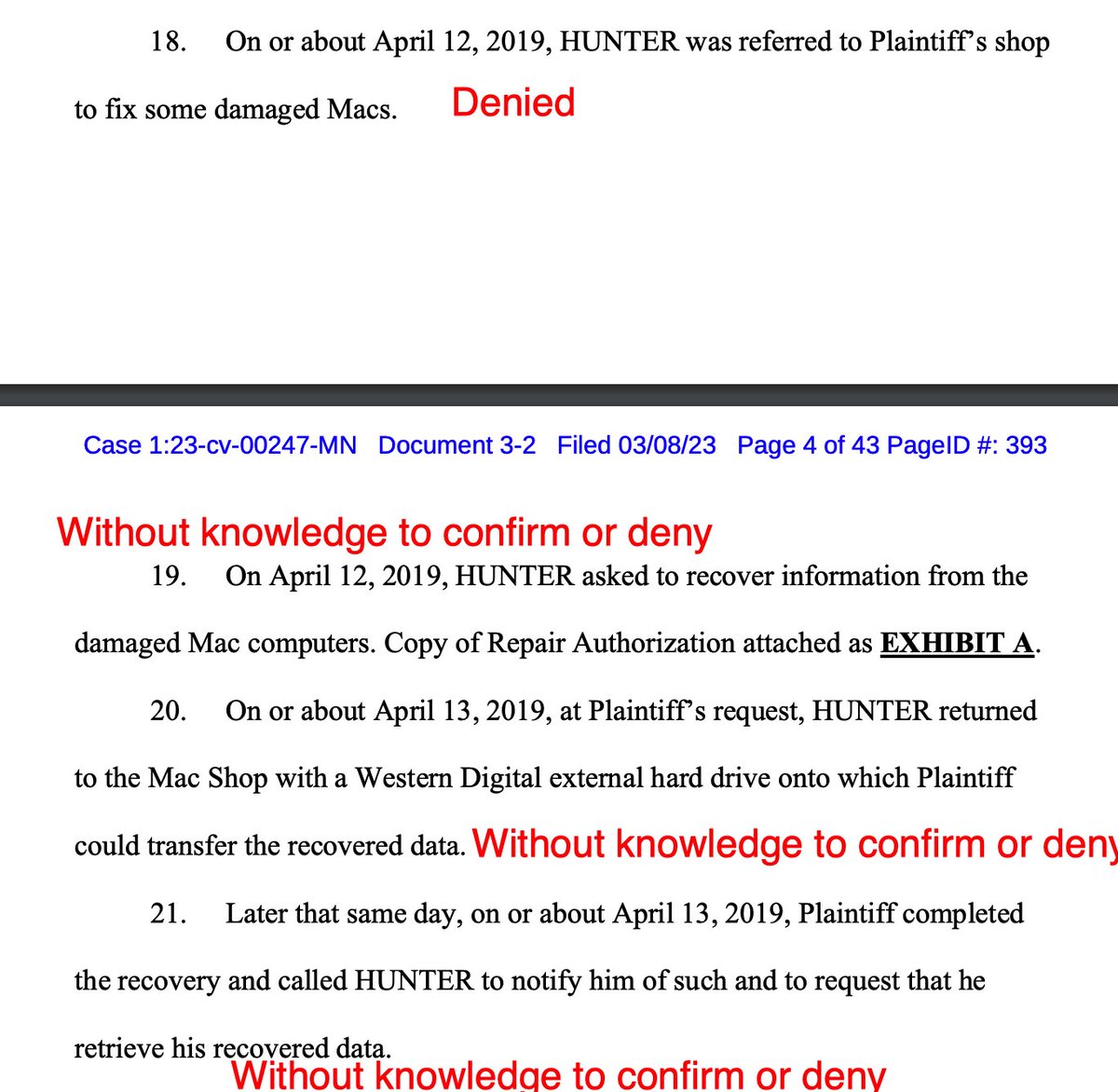I delved into the child care plan of the Build Back Better Act. It's one of the most ambitious parts of the bill, that could greatly help millions of families.
But its design could bring serious implementation challenges, both practical and political
vox.com/22744837/house…
But its design could bring serious implementation challenges, both practical and political
vox.com/22744837/house…
The core of the plan is that the federal government would agree to pick up the bulk of childcare costs at licensed providers, offering generous subsidies to most families, who'd only have to pay a limited "copay" 

But there's some fine print, including:
-Lots of discretion is left to state governments, including whether to participate at all.
-The full subsidies won't be available until 2025
-The whole plan expires after 2027

-Lots of discretion is left to state governments, including whether to participate at all.
-The full subsidies won't be available until 2025
-The whole plan expires after 2027


There's a big question hanging over implementation, too — how will the system handle the new demand pouring in from millions of subsidized families, when child care is already difficult and expensive to secure in much of the country?
One of the main goals of the bill is to increase the supply (and quality) of child care, and it sends a good deal of money to states to try and make that happen.
But everyone involved acknowledges you can't double the supply of childcare in an area overnight.
But everyone involved acknowledges you can't double the supply of childcare in an area overnight.

So the risk is that child care supply won't increase in time, exacerbating shortages (which would bedevil everyone) or sending up prices (which would fall on the middle and upper-middle class, who aren't eligible for subsidies immediately)
Democratic aides are aware this could be a problem. That's why they're not offering subsidies to everyone right away. They don't want to overwhelm the system with too much new demand immediately. They want to give supply time to build. 

But limiting subsidies in the early years creates a new political problem, because middle and upper-middle class families would have to shoulder cost increases by their lonesome.
Those families have disproportionate power in the political system compared to those who'd be helped
Those families have disproportionate power in the political system compared to those who'd be helped

The bill's supporters think critics are missing the forest for the trees. At its core the bill steers billions of federal dollars to the child care sector. They think that money will help solve many problems — helping relieve parents from high costs, and helping providers get by 



Overall, the child care plank of Build Back Better is the part of the bill that most resembles the Affordable Care Act's insurance market reforms.
An attempt to overhaul a broken private market with federal cash, that could do a lot of good but also bring significant disruption
An attempt to overhaul a broken private market with federal cash, that could do a lot of good but also bring significant disruption
• • •
Missing some Tweet in this thread? You can try to
force a refresh





















